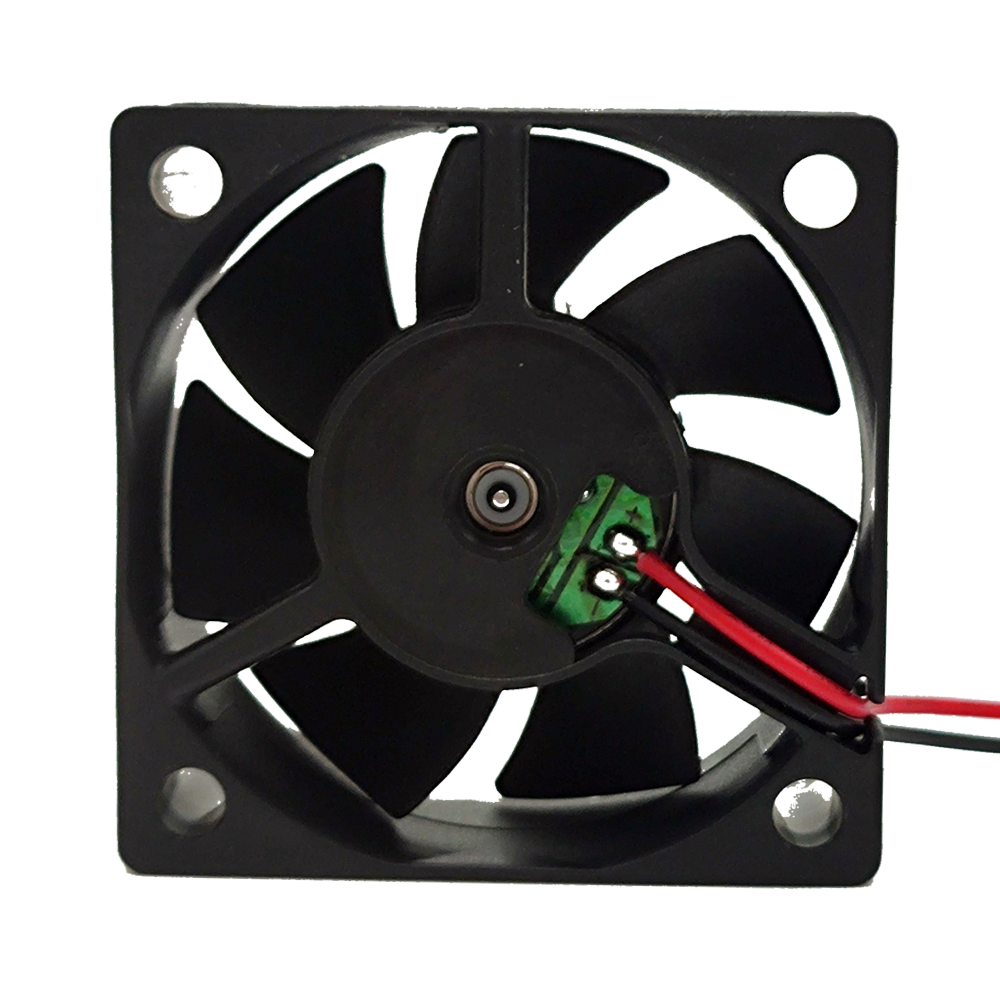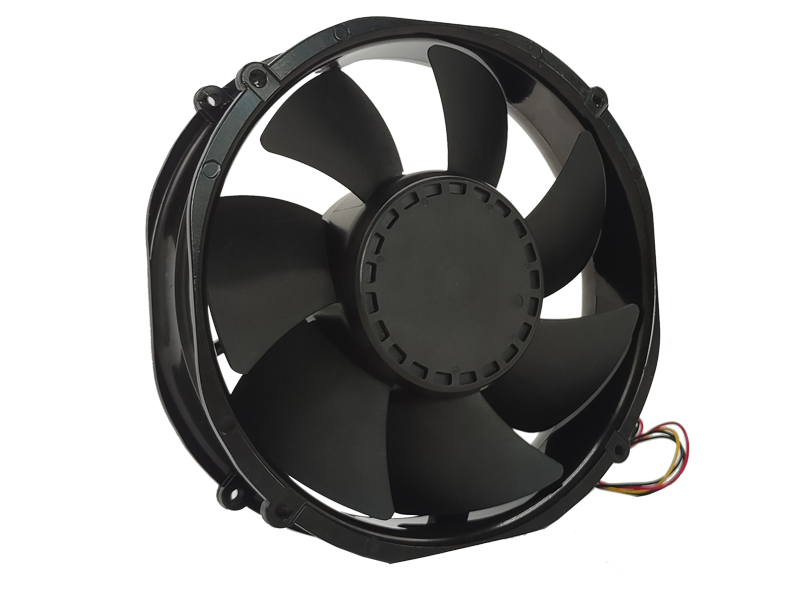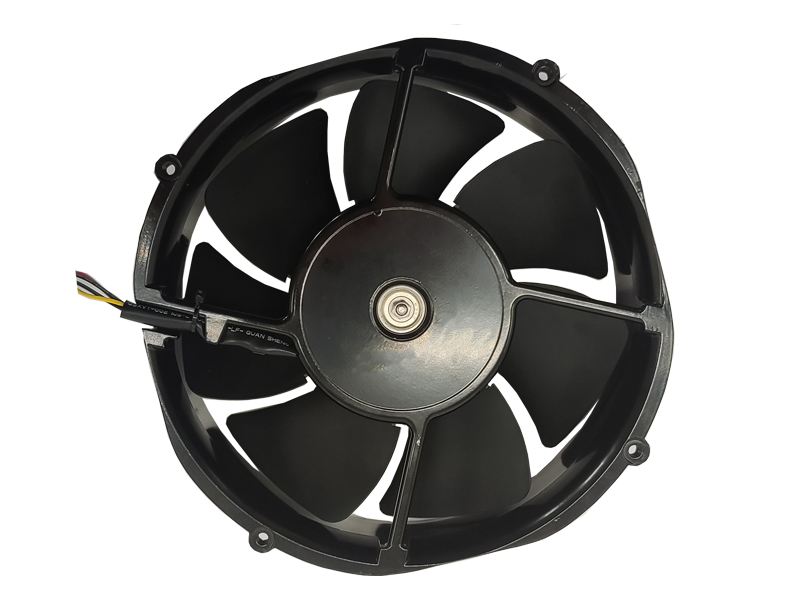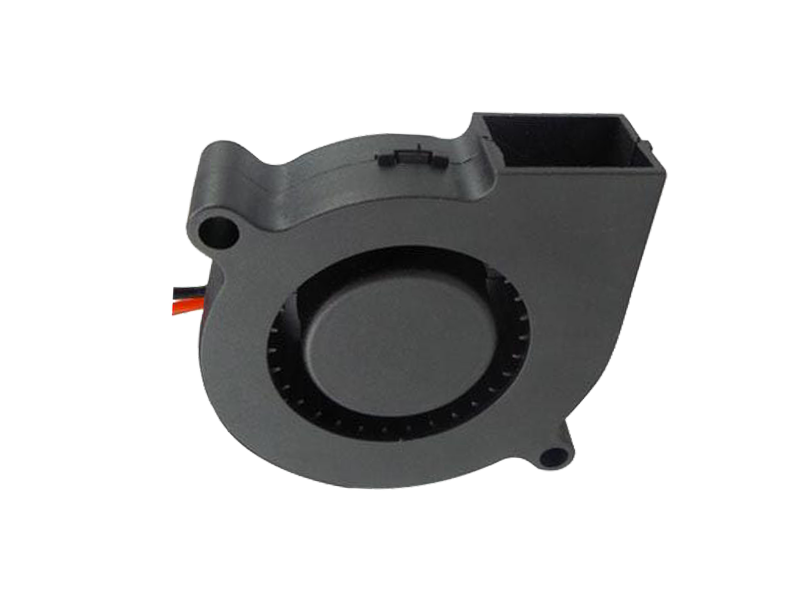Industrial fans have evolved significantly over the past few decades, from simple mechanical devices to advanced, high-tech solutions capable of optimizing energy usage, improving air quality, and offering unparalleled efficiency in industrial settings. This article takes a deep dive into the technological advancements in industrial fans, explores modern trends in fan design, and highlights the future of industrial ventilation systems.
Early Days of Industrial Fans: Simple and Mechanical
In the early 20th century, industrial fans were mostly mechanical devices powered by belts, pulleys, or steam engines. These early fans were rudimentary, often bulky, and inefficient. They were designed primarily for basic ventilation, such as removing smoke from mines or providing airflow in large factory settings.
Despite their simplicity, early industrial fans played a crucial role in improving air circulation in various industrial environments. However, they lacked the efficiency and precision required for modern, high-demand industrial applications.
Technological Advances in the 21st Century
As industries began to evolve, so did the needs for more advanced and efficient cooling and ventilation solutions. The technological advancements that have transformed industrial fans over the years include improvements in motor technology, aerodynamics, materials, and energy efficiency.
High-Efficiency Motors

One of the most significant advancements in industrial fan technology is the development of high-efficiency electric motors. These motors consume less energy while providing the same, if not better, performance compared to older models. Today, many industrial fans are equipped with variable frequency drive (VFD) motors, which allow for precise speed control. This feature helps optimize energy consumption by adjusting fan speed based on real-time temperature or airflow requirements, ensuring that fans do not operate at full speed when not needed.
Aerodynamic Design Improvements
The design of fan blades has undergone major changes in recent years. Aerodynamic advancements have led to the development of fan blades that maximize airflow while minimizing resistance and noise. For example, modern industrial fan blades are often curved or tapered to enhance airflow efficiency. The use of Computational Fluid Dynamics (CFD) software has made it possible to test and optimize fan blade designs before production, resulting in fans that are both quieter and more effective at moving air.
Smart Control Systems
With the advent of smart technologies, many industrial fans are now equipped with IoT sensors and control systems that enable real-time monitoring and adjustments. These smart fans can track parameters such as temperature, humidity, and air quality, and adjust fan speed or operation accordingly. For example, in a large industrial plant, a network of smart fans can work together to maintain consistent airflow, even adjusting settings based on varying production schedules or environmental conditions.
Advanced Materials for Durability and Efficiency
The materials used to construct industrial fans have also evolved. Fans are now often built with corrosion-resistant materials such as stainless steel, or advanced composites that provide increased durability and resistance to harsh environmental conditions. These materials extend the lifespan of the fans and reduce the frequency of maintenance required, which is crucial in industries that rely on continuous operation.
Noise Reduction Technology
As industries move toward quieter operations, noise reduction has become a key factor in fan design. Innovations like sound-dampening materials, vibration isolation, and optimized fan blade shapes help reduce the noise produced by industrial fans. This is particularly important in environments such as hospitals, offices, or food processing plants where noise pollution can interfere with both work and health standards.
The Future of Industrial Fans
The future of industrial fans is increasingly focused on energy efficiency, automation, and environmental sustainability. Fans that can operate with minimal power consumption while providing maximum airflow will become even more important as industries strive to reduce their carbon footprints.
Additionally, the integration of artificial intelligence (AI) and machine learning (ML) into fan control systems will enable predictive maintenance, allowing facilities to address potential failures before they occur, minimizing downtime and reducing repair costs.
Another exciting development on the horizon is the incorporation of renewable energy sources. Solar-powered fans, for example, could become a standard feature in industries that are looking to further reduce energy costs and enhance their sustainability efforts.
Conclusion
The evolution of industrial fans from simple mechanical devices to complex, high-tech systems is a testament to the ongoing pursuit of efficiency, performance, and sustainability in industrial applications. Today’s industrial fans not only offer enhanced energy efficiency and performance but are also integrated with smart technologies that enable precise control and real-time monitoring. As industrial needs continue to grow, these fans will continue to evolve, becoming more intelligent and environmentally friendly, ultimately improving both industrial productivity and the environment.
Recommended Products

The main purpose:Car charging station

The main purpose:Car charging station

The main purpose:Electronic refrigerators, water dispensers, direct drinking machines, inverter power supplies
Address:No. 4137, Longgang Avenue (Henggang Section), Henggang Community, Henggang Street, Longgang District, Shenzhen
hotline:13530005572(Chen)15112579390(Li)


Welcome all friends to come for consultation and negotiation.
Copyright 2024 @ Shenzhen Youneng Xinyuan Electronics Co., Ltd.,(industrial fans,industrial blowers,axial fans,cooling fans manufacturer,centrifugal fans,ac cooling fans,dc cooling fans)